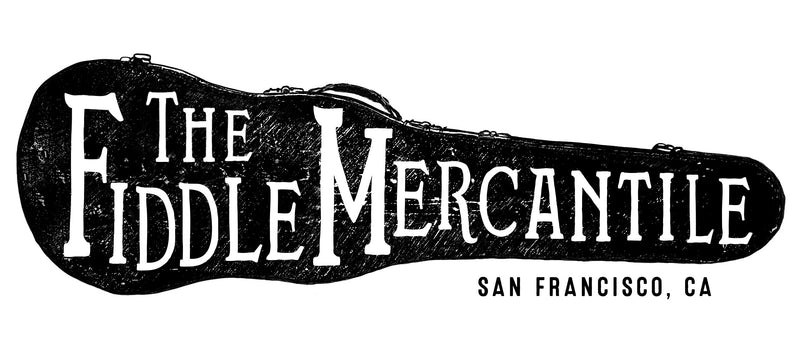Just like the trees they come from, our fiddles and bows change with the seasons. This is especially true as we enter the winter months. Shifts in temperature and humidity can cause everything from slight variations in tone to issues that require a luthier’s attention. Let’s take a look at what happens to our fiddles and bows as winter sets in, and learn what we can do to keep them in peak playing condition for the whole season.
Our fiddles are, in essence, many pieces of wood of varying densities that have been painstakingly crafted to fit and work perfectly together. Wood reacts to increases and decreases in humidity by respectively expanding and shrinking. In many regions, winter brings sharp drops in temperature and humidity, which result in many fiddle malfunctions like slipping pegs due to the pegbox shrinking, buzzing from the action lowering, open seams from failing glue or cracks in the wood. Equally, bow hair will shrink causing your bow to not loosen as much as it typically would, if at all.
All of these physical changes have sonic implications. Increased pressure on the soundpost, as a result of the instrument tightening up in dry weather may cause your violin to sound bright or thin. Open seams will cause a loss of volume or power, which we liken to the instrument sounded “breathed”. The hair drying out on your bow can lead to a more brittle tone. Then there’s the infamous, relentless buzz, which can be blamed on many culprits including a decrease in string height, open seams, peg collars coming loose, fingerboards coming unglued and the list goes on. None of these are things we want to deal with when we're trying to make music!
Luckily, we don’t have to. While we can’t completely shield our fiddles or bows from seasonal shifts, we can take simple steps to limit their exposure to fluctuations in temperature and humidity:
- Do not leave your instrument or bow in a cold vehicle overnight.
- Try to avoid outdoor gigs that may expose your instrument to extreme conditions.
- Take extra care to loosen your bow after you’ve finished playing to avoid breaks if the bow tightens too much.
- As humidity drops, use an in-case humidifier to keep some moisture in your case.
- Keep your fiddle and bow in your case when they aren’t being played, and store them in a more temperate area of your house, not a drafty room or by a direct source of heat.

